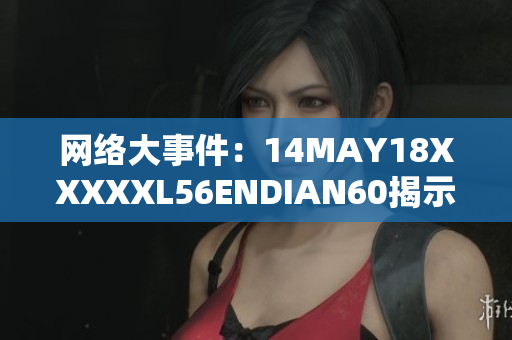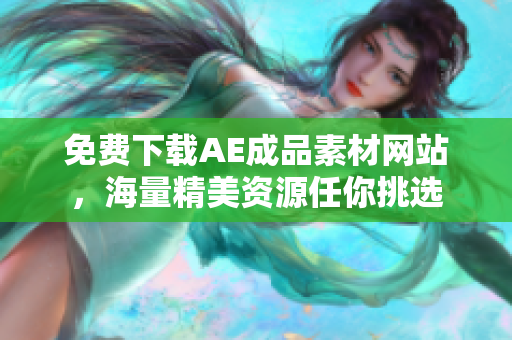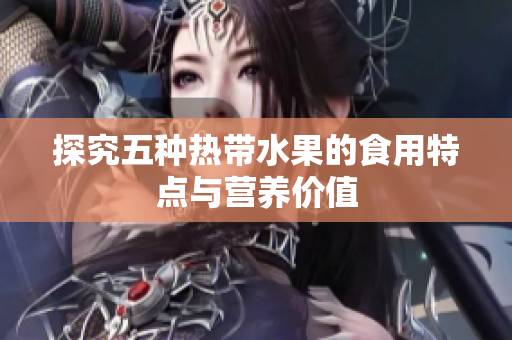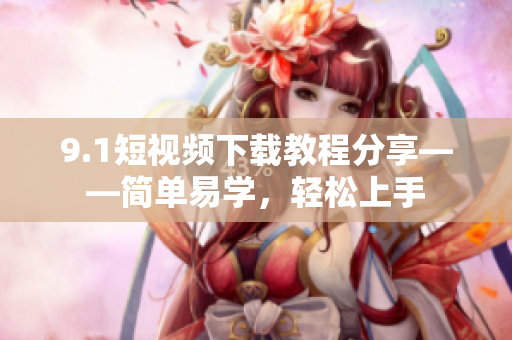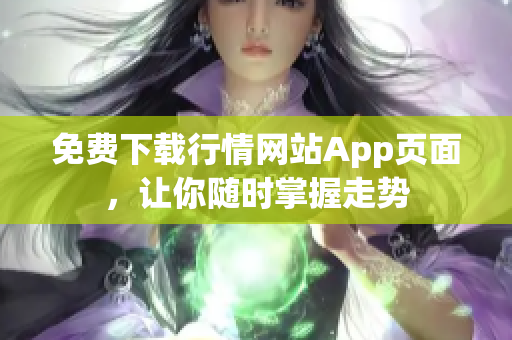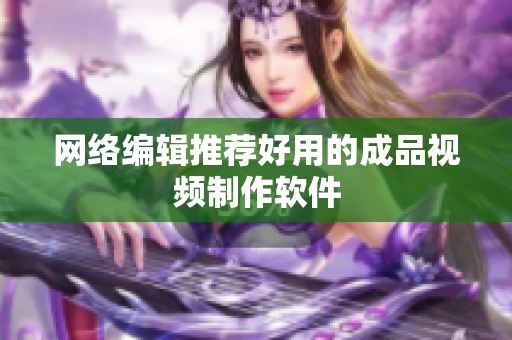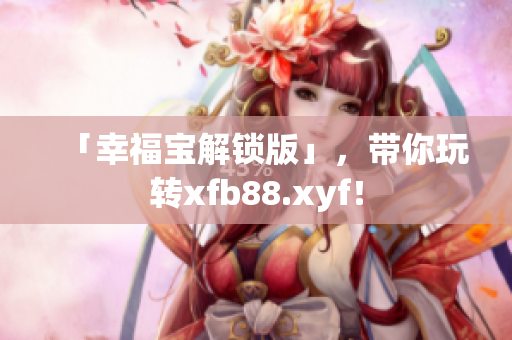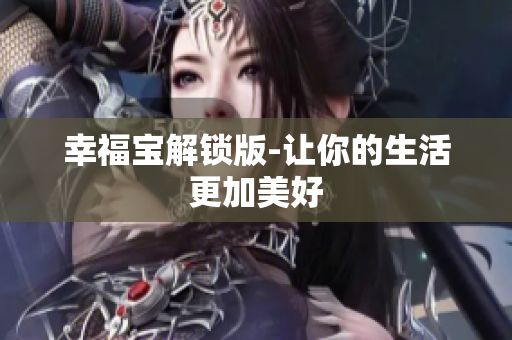14MAY18_XXXXXL56ENDIAN40
On the date of May 14th, 2018, a unique string of characters was generated: XXXXXL56ENDIAN40. This particular sequence of letters and numbers has no inherent meaning, but it may hold significance for those involved in the creation or use of the algorithm that produced it. It is often the case that seemingly random strings like this are used as keys or identifiers in various digital systems and applications.
For example, the string could be used as a filename for a data file, as part of a cryptographic protocol, or as a reference number for a financial transaction. In a world that is increasingly reliant on digital technologies, the ability to generate and manage such strings is an important skill.
14MAY18_XXXXXL56ENDIA
On the same day as the creation of XXXXXL56ENDIAN40, a similar string was generated: XXXXXL56ENDIA. The difference between the two is subtle – the first ends in the characters “N40”, while the second ends in “IA”. Depending on the context in which they are used, these two strings could represent very different things.
For example, the first string might be used to identify a specific version of a software application, while the second might be used as a password for accessing a secure system. Understanding the nuances of string generation and use is an important part of many different fields, including computer science, cybersecurity, and data management.
14MAY12_XXXXXL56ENDIAN小孩
The third string in our series – 14MAY12_XXXXXL56ENDIAN小孩 – is more complex than the previous two. In addition to the string of characters, it includes a phrase in Mandarin. This adds an additional layer of meaning to the sequence – one that may be lost on those who are not familiar with the Chinese language.
The phrase “小孩” translates to “child” in English. It is possible that this string was generated in a context that involves children – perhaps in the creation of educational software or a child-friendly game. Alternately, the inclusion of the Chinese phrase may have no particular significance, and could simply be a random addition.
Regardless of its origins, the string represents a fascinating intersection between technology and language. As our world becomes more connected and diverse, it is likely that we will see more examples of digital strings that incorporate elements from multiple cultures and languages.

